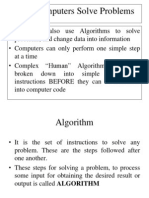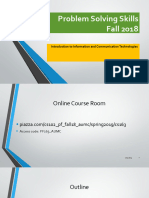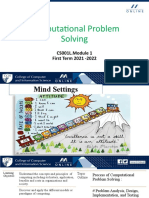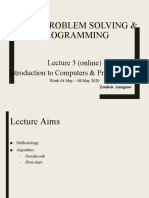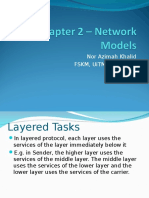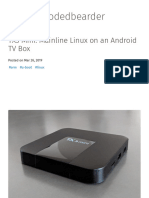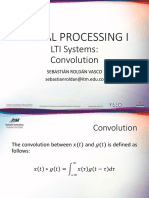0% found this document useful (0 votes)
34 views48 pages2020 Chapter 006 Problem Solving & Decomposition
The document provides an overview of problem-solving processes, particularly in the context of software development, detailing the Software Development Life Cycle (SDLC) phases: Requirements, Analysis, Design, Coding, Testing, Implementation, and Documentation. It explains the importance of algorithms, pseudocode, and flowcharts in structuring solutions, as well as the advantages and disadvantages of using flowcharts. Additionally, it discusses control structures in programming, including sequential, selection, and iteration, and emphasizes the significance of decomposition in managing complex problems.
Uploaded by
Suraj rajCopyright
© © All Rights Reserved
We take content rights seriously. If you suspect this is your content, claim it here.
Available Formats
Download as PPTX, PDF, TXT or read online on Scribd
0% found this document useful (0 votes)
34 views48 pages2020 Chapter 006 Problem Solving & Decomposition
The document provides an overview of problem-solving processes, particularly in the context of software development, detailing the Software Development Life Cycle (SDLC) phases: Requirements, Analysis, Design, Coding, Testing, Implementation, and Documentation. It explains the importance of algorithms, pseudocode, and flowcharts in structuring solutions, as well as the advantages and disadvantages of using flowcharts. Additionally, it discusses control structures in programming, including sequential, selection, and iteration, and emphasizes the significance of decomposition in managing complex problems.
Uploaded by
Suraj rajCopyright
© © All Rights Reserved
We take content rights seriously. If you suspect this is your content, claim it here.
Available Formats
Download as PPTX, PDF, TXT or read online on Scribd
/ 48











